Les plantes sont apparues sur Terre avant l’homme et les mammifères, il y a environ 470 millions d’années : des algues, sorties de l’eau, tout d’abord, puis les premiers végétaux terrestres et des mousses.
Les caractéristiques principales des plantes
Les plantes terrestres sont des organismes multicellulaires qui se distinguent des autres êtres vivants par un certain nombre de caractéristiques.
La photosynthèse
Les plantes fabriquent leur nourriture par le biais de la photosynthèse. Elles contiennent un pigment vert, la chlorophylle, qui sert à transformer l’énergie du soleil en nutriments. Les plantes stockent ces nutriments sous forme d’amidon.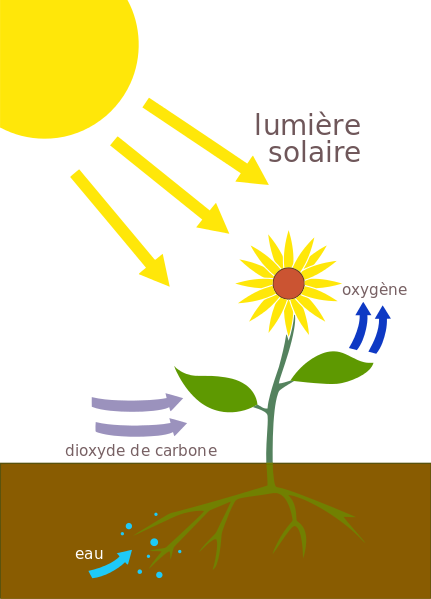
Image: Wattcle
Les racines
Autre caractéristique : les plantes sont enracinées et donc immobiles. Elles peuvent cependant modifier légèrement la trajectoire de leur croissance et orienter leurs feuilles vers le soleil.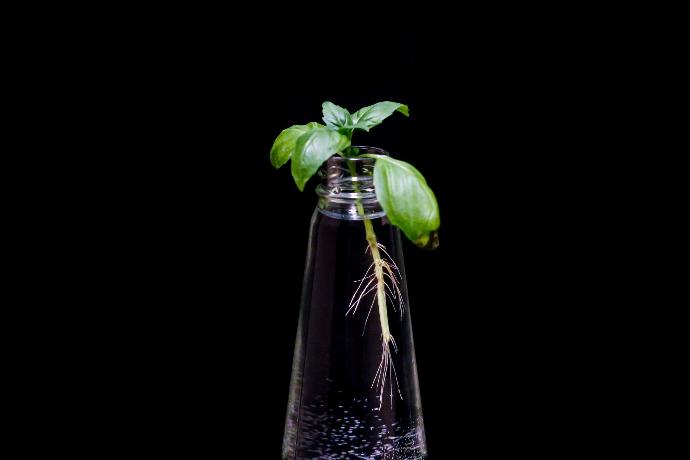
Des parois de cellulose
Les parois cellulaires des plantes sont rigides, elles sont composées de cellulose. C’est cette paroi qui donne toute la rigidité aux plantes et qui leur permet de pousser en hauteur.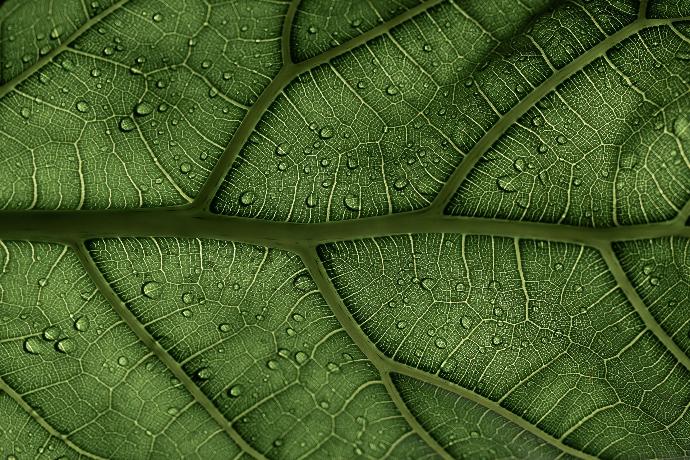
Les organes d’une plante
Les racines
Les racines constituent un organe souterrain de la plante. Elles ont pour fonction de lui permettre d’absorber de l’eau et des minéraux présents dans le sol. Les racines assurent aussi la fixation de la plante. Elles sont dotées d’une zone dite d’accroissement, qui contribue à la croissance cellulaire.
On trouve 4 types de racines:
- Certaines plantes possèdent une racine pivotante, Grâce à ces racines, les plantes peuvent puiser l’eau dans les profondeurs du sol.

- D’autres plantes disposent de racines fasciculées, qui courent en surface.
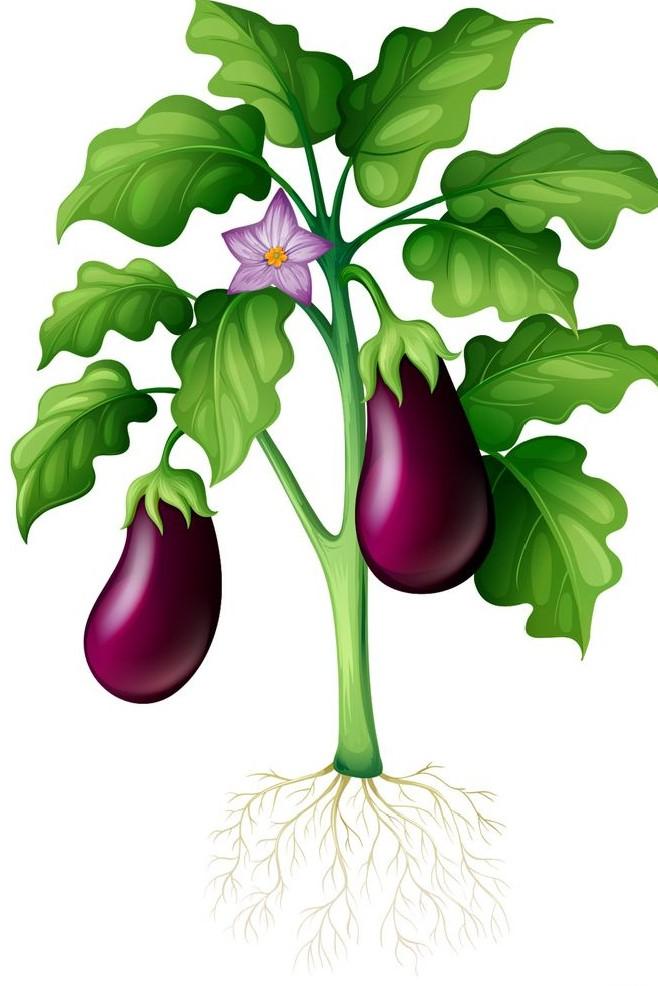
- La racine adventive est fixée sur la tige, qu’elle soit aérienne ou souterraine. On trouve dans cette catégorie les stolons des fraisiers. La racine adventive permet la multiplication de la plante.

- La racine traçante est horizontale et donne naissance à des tiges ou drageons.
Les tiges
Les tiges sont un organe aérien qui relie les racines et les feuilles. Elles permettent l’échange de minéraux et de substances chimiques entre les racines et les feuilles. La tige est composée de nœuds et d’entre-nœuds. Les nœuds servent à la pousse de feuilles ou de branches latérales. La liaison entre la tige et la racine est appelée collet.
Les bourgeons sont des organes de croissance de la plante et poussent sur les tiges. Ils donnent naissance à d’autres rameaux ou à des fleurs. On distingue les bourgeons terminaux et les bourgeons axillaires, qui se trouvent à la base des feuilles.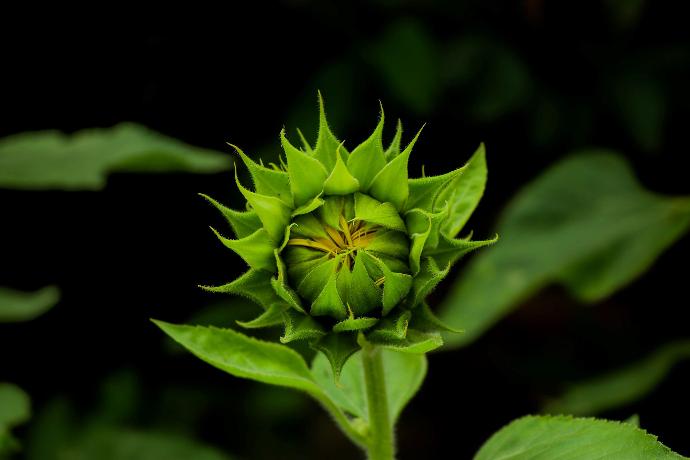
Il arrive que des plantes aient une tige souterraine. Elles ne développent alors pas de feuilles. La tige est utilisée comme réserve de nutriments. Les tiges souterraines sont de différents types:
- Le rhizome, une tige souterraine vivace et allongée (gingembre).
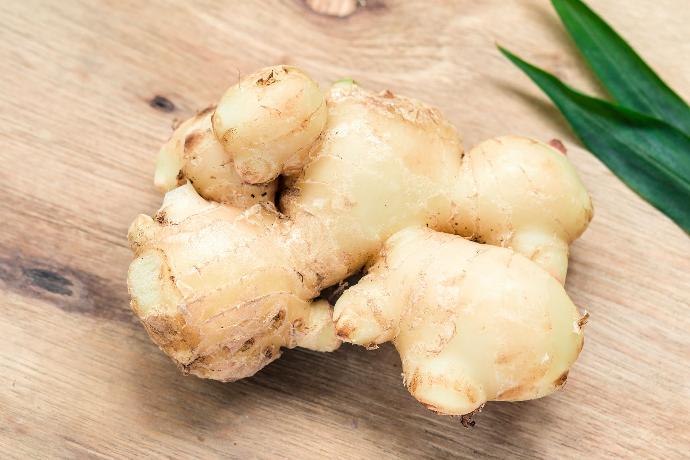
- Le tubercule, organe souterrain servant à la réserve (pomme de terre).
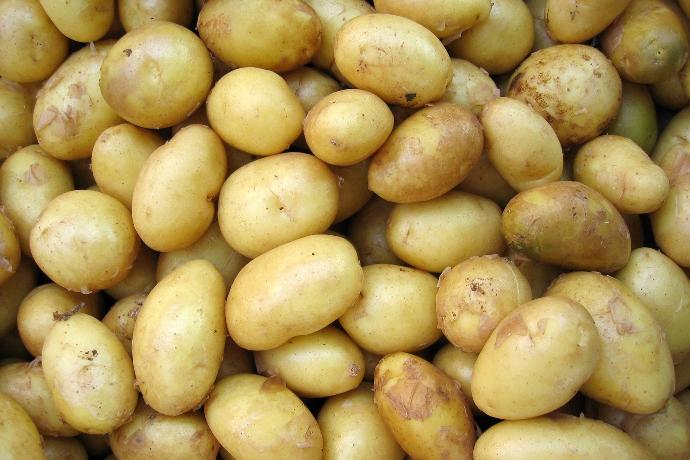
- Le bulbe est un bourgeon enterré, gorgé de réserves, avec une tige de petite taille et des feuilles en forme d’écailles (oignon).

Les feuilles
Les plantes comportent généralement des feuilles, un organe aérien qui contribue à l’absorption de la nourriture. Les feuilles servent à la photosynthèse, permettant de produire des sucres et des protéines. Ces substances constituent la sève, que la plante utilise pour nourrir ses cellules.
La feuille est composée de deux parties, le limbe (blade) et le pétiole. Le limbe rassemble les cellules destinées à la photosynthèse. Le pétiole est alimenté par des vaisseaux où circule la sève. Les plantes ont aussi des stipules, qui ressemblent à de très petites feuilles. Lorsqu’elles sont présentes, on les observe par deux, sur la tige, au niveau du pétiole.
Image: les différentes parties d'une feuille
Les parties reproductives
Les plantes sont aussi équipées de parties reproductives. En tant qu’organismes vivants, elles transmettent leurs gènes aux générations à venir. Différents organes sont impliqués et la reproduction peut être soit sexuée, soit asexuée.
Pour une reproduction sexuée, il faut du matériel génétique mâle et du matériel génétique femelle. On parle de pollinisation, processus qui conduit à la production de graines contenant l’ADN des deux parents. Les plantes à fleurs sont concernées par ce mécanisme de reproduction. Les parties de la plante qui entrent en jeu sont les organes mâles ou étamines (stamen), et les organes femelles ou pistils. L’étamine contient du pollen, qui doit être déplacé vers le stigmate (stigma), une partie du pistil.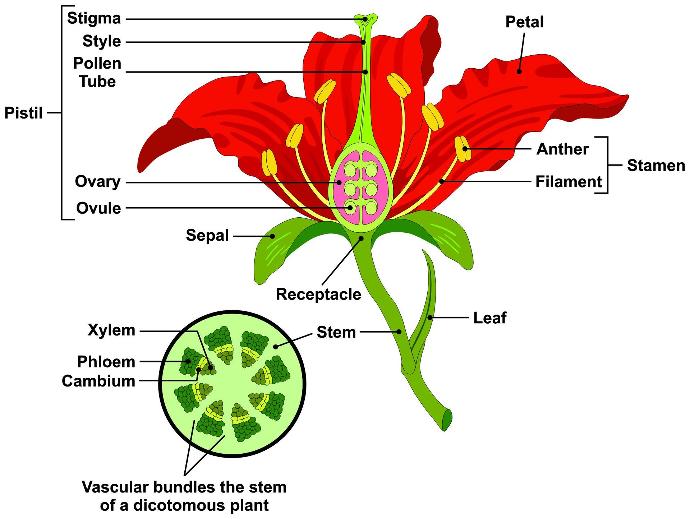
Image: les différentes parties des fleurs
Dans le cas d’une plante à reproduction asexuée, un seul parent est nécessaire. Les plantes se reproduisent par la multiplication et la fragmentation. Pour les plantes à gousses, comme l’ail, de nouvelles gousses se développent à partir de la gousse parent. Pour d’autres plantes, comme les pommes de terre, la reproduction est assurée par des tubercules.
Les plantes peuvent aussi se reproduire en formant des stolons (fraises) ou des rhizomes (gingembre). Lorsqu’une partie de plante tombée au sol produit une nouvelle pousse, on assiste à la reproduction par fragmentation.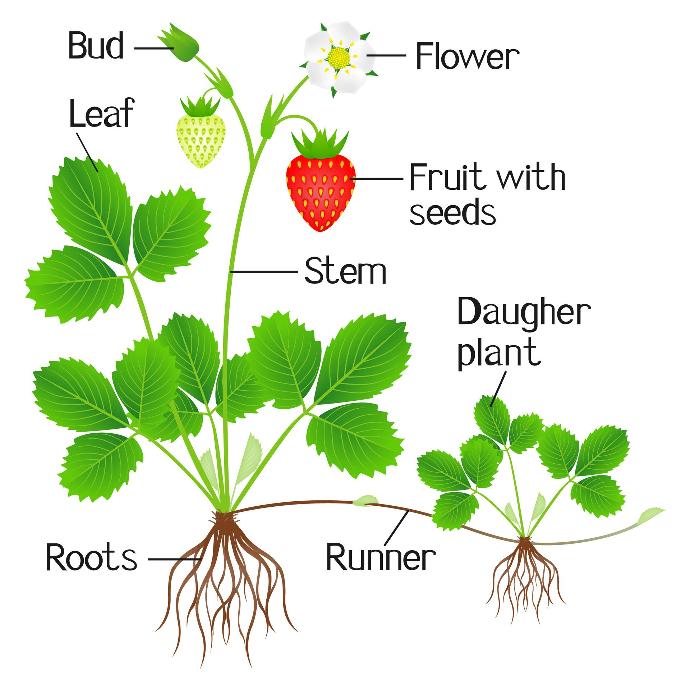
Image: reproduction des fraises via des stolons (runner)
Pflanzen sind vor etwa 470 Millionen Jahren auf der Erde entstanden, bevor es Menschen und Säugetiere gab: zunächst waren es Algen, die aus dem Wasser kamen, dann entstanden die ersten Landpflanzen und Moose.
Die wichtigsten Merkmale von Pflanzen
Landpflanzen sind mehrzellige Organismen, die sich durch eine Reihe von Merkmalen von anderen Lebewesen unterscheiden.
Die Photosynthese
Pflanzen stellen ihre Nahrung mit Hilfe der Photosynthese her. Sie enthalten ein grünes Pigment, das Chlorophyll, das dazu dient, die Energie der Sonne in Nährstoffe umzuwandeln. Die Pflanzen speichern diese Nährstoffe in Form von Stärke.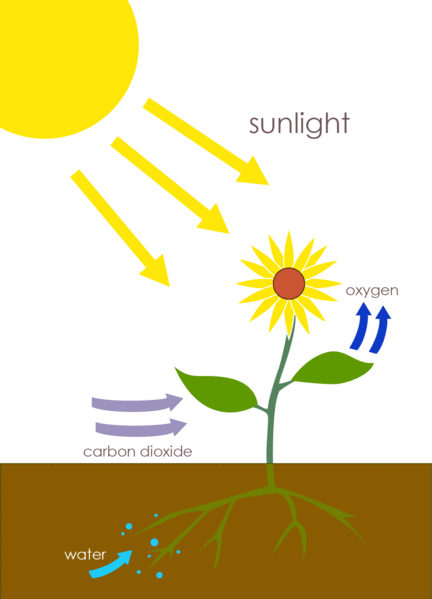
Bild: At09kg
Die Wurzeln
Ein weiteres Merkmal der Pflanzen sind die Wurzeln. Pflanzen bewegen sich nicht. Sie können jedoch ihren Wachstumspfad leicht verändern und ihre Blätter zur Sonne hin ausrichten.
Zellwände aus Zellulose
Die Zellwände der Pflanzen sind starr und bestehen aus Zellulose. Diese Wand verleiht den Pflanzen ihre Steifheit und ermöglicht es ihnen, in die Höhe zu wachsen.
Die Organe einer Pflanze
Die Wurzeln
Die Wurzeln sind ein unterirdisches Organ der Pflanze. Sie dienen dazu, Wasser und Mineralien aus dem Boden aufzunehmen. Die Wurzeln sorgen auch für die Befestigung der Pflanze. Sie verfügen über eine sogenannte Wachstumszone, die zum Zellwachstum beiträgt.
Es gibt vier Arten von Wurzeln:
- Gewisse Pflanzen haben eine Pfahlwurzel. Mit diesen Wurzeln können die Pflanzen Wasser aus den Tiefen des Bodens aufnehmen.

- Andere Pflanzen verfügen über flache Wurzeln, die an der Oberfläche verlaufen.

- Die Adventivwurzel ist am Stängel befestigt, unabhängig davon, ob dieser ober- oder unterirdisch ist. Zu dieser Kategorie gehören die Ausläufer von Erdbeerpflanzen. Die Adventivwurzel ermöglicht die Vermehrung der Pflanze.

Entdecken Sie unsere Wurzelgemüse
Die Stängel
Die Stängel sind ein oberirdisches Organ, das die Wurzeln und Blätter miteinander verbindet. Sie ermöglichen den Austausch von Mineralien und chemischen Substanzen zwischen Wurzeln und Blättern. Der Stängel besteht aus Knoten und Internodien. Die Knoten dienen dem Wachstum von Blättern oder Seitenästen. Die Verbindung zwischen dem Stiel und der Wurzel wird als Wurzelhals bezeichnet.
Knospen sind Wachstumsorgane der Pflanze und befinden sich an den Stängeln. Aus ihnen entwickeln sich weitere Zweige oder Blüten. Man unterscheidet zwischen Endknospen und Achselknospen, die sich an der Basis der Blätter befinden.
Es kommt vor, dass Pflanzen einen unterirdischen Stängel haben. Sie entwickeln dann keine Blätter. Der Stängel wird als Nährstoffspeicher genutzt. Es gibt verschiedene Arten von unterirdischen Stängeln:
- Rhizom: ein länglicher unterirdischer Stängel (Ingwer)

- Knolle: ein unterirdisches Organ, das als Vorratsspeicher dient (Kartoffel)

- Zwiebel: eine unterirdische, mit Reserven gefüllte Knospe mit einem kleinen Stiel und schuppenförmigen Blättern (Zwiebel)

Die Blätter
Pflanzen haben in der Regel Blätter, ein oberirdisches Organ, das zur Aufnahme von Nahrung beiträgt. Die Blätter dienen der Fotosynthese, mit der Zucker und Proteine produziert werden können. Diese Stoffe bilden den Pflanzensaft, den die Pflanze zur Ernährung ihrer Zellen verwendet.
Das Blatt besteht aus zwei Teilen, der Blattspreite (blade) und dem Blattstiel (petiole). Die Blattspreite besteht aus den Zellen, die für die Fotosynthese bestimmt sind. Der Blattstiel wird von Gefäßen versorgt, in denen der Pflanzensaft fließt.
Bild: Die verschiedenen Teile eines Blattes
Die reproduktiven Teile
Pflanzen sind auch mit reproduktiven Teilen ausgestattet. Als lebende Organismen geben sie ihre Gene an nachfolgende Generationen weiter. Dabei spielen verschiedene Organe eine Rolle und die Fortpflanzung kann entweder sexuell oder asexuell erfolgen.
Für die sexuelle Fortpflanzung werden männliches und weibliches genetisches Material benötigt. Man spricht von Bestäubung, einem Prozess, der zur Produktion von Samen führt. Die Samen enthalten die DNA beider Elternteile. Dieser Fortpflanzungsmechanismus kommt in Blütenpflanzen vor. Die Pflanzenteile, die zur Fortpflanzung beitragen, sind die männlichen Organe oder Staubblätter, und die weiblichen Organe oder Fruchtblatt (Stempel). Die Staubblätter enthalten Pollen, die das Stigma befruchten. Das Stigma, auch Narbe genannt, ist ein Teil des Stempels.
Bild: Die verschiedenen Teile einer Blume
Eine Pflanze mit asexueller Fortpflanzung benötigt nur einen Elternteil. Sie pflanzt sich fort durch Fragmentation. Bei Knoblauch entwickeln sich aus der Elternzehe neue Zehen. Bei anderen Pflanzen, wie z. B. Kartoffeln, erfolgt die Vermehrung über Knollen.
Pflanzen können sich auch durch die Bildung von Ausläufern (Erdbeeren) oder Rhizomen (Ingwer) vermehren. Wenn ein heruntergefallener Pflanzenteil einen neuen Trieb hervorbringt, kommt es zur Fortpflanzung durch Fragmentierung.
Bild: Vermehrung von Erdbeeren durch Ausläufer (Runner)
Plants appeared on Earth before humans and mammals, about 470 million years ago: first algae, which emerged from the water, and then the first land plants and mosses.
The main characteristics of plants
Plants are multicellular organisms that differ from other living things in many ways.
Photosynthesis
Plants produce their food by means of photosynthesis. They contain a green pigment, chlorophyll, which is used to convert the sun's energy into nutrients. Plants store these nutrients in the form of starch.
Image: At09kg
The roots
Another characteristic is that plants have roots and therefore cannot move. They can, however, change their growth path slightly and turn their leaves towards the sun.
Cellulose walls
The cell walls of plants are rigid and are made of cellulose. It is this wall that gives plants their rigidity and allows them to grow taller.
The organs of a plant
The roots
The roots are an underground organ of the plant. Their function is to allow the plant to absorb water and minerals from the soil. The roots also make sure the plant is securely anchored to the soil. They are equipped with a growth zone, which contributes to cell growth.
There are 4 types of roots:
- Some plants have a taproot, with which the plants can draw water from deep in the soil.

- Other plants have fasciculated roots, which run along the surface.

- The adventitious root is attached to the stem, either above or below ground. Strawberry runners fall into this category. The adventitious root allows the plant to multiply.

Stems
The stems are an aerial organ that connects the roots and leaves. They allow the exchange of minerals and chemical substances between the roots and the leaves. The stem consists of nodes and internodes. The nodes are used for the growth of leaves or lateral branches. The connection between the stem and the root is called the collar.
Buds are growth organs of the plant and grow on the stems. They give rise to further shoots or flowers. A distinction is made between terminal buds and axillary buds, which are found at the base of the leaves.
Sometimes plants have an underground stem. In this case they do not develop leaves. The stem is used to store nutrients. There are different types of underground stems:
- Rhizome: a perennial, elongated underground stem (ginger)

- Tuber: an underground organ used as a reserve (potato)

- Bulb: a buried bud, full of reserves, with a small stem and scale-like leaves (onion)

Leaves
Plants usually have leaves, an aerial organ that helps to absorb food. Leaves are used for photosynthesis, to produce sugars and proteins. These substances make up the sap, which the plant uses to feed its cells.
The leaf consists of two parts, the blade and the petiole. The leaf blade contains the cells for photosynthesis. The petiole is fed by vessels where the sap circulates. Plants also have stipules, which look like very small leaves. When they are present, they can be seen in pairs on the stem at the petiole.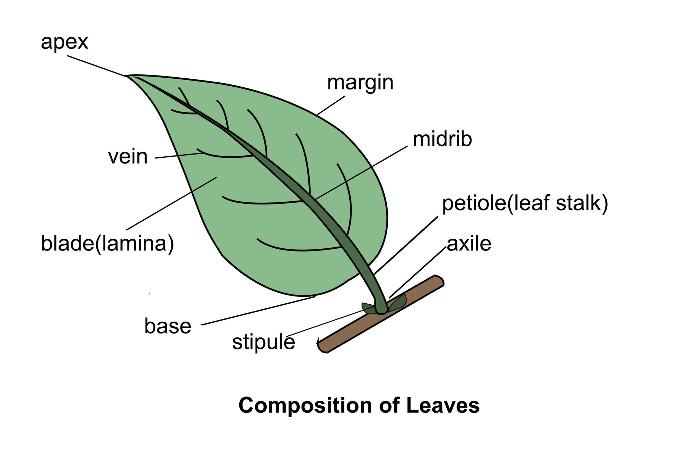
Image: The different parts of a leaf
Reproductive parts
Plants also have reproductive parts. As living organisms, they pass on their genes to future generations. Different organs are involved and reproduction can be either sexual or asexual.
Sexual reproduction requires both male and female genetic material. This is known as polinisation, a process that leads to the production of seeds containing the DNA of both parents. Flowering plants are affected by this reproduction mechanism. The parts of the plant involved are the male organs or stamens, and the female organs or pistils. The stamen contains pollen, which must be moved to the stigma, a part of the pistil.
Image: The different parts of a flower
In the case of an asexually reproducing plant, only one parent is needed. Plants reproduce by propagation and fragmentation. For bulbous plants, such as garlic, new bulbs develop from the parent bulb. For other plants, such as potatoes, reproduction is by tubers.
Plants can also reproduce by forming runners (strawberries) or rhizomes (ginger). When a part of a plant that has fallen to the ground produces a new shoot, this is called reproduction by fragmentation.
Image: propagation of strawberries by runners
Le piante sono apparse sulla Terra prima dell'uomo e dei mammiferi, circa 470 milioni di anni fa: prima le alghe, emerse dall'acqua, e poi le prime piante terrestri, le piante corte e i muschi.
Le principali caratteristiche delle piante
PLe piante terrestri sono organismi multicellulari che si differenziano dagli altri esseri viventi per una serie di aspetti
Fotosintesi
Le piante producono il loro cibo attraverso la fotosintesi. Contengono un pigmento verde, la clorofilla, che serve a convertire l'energia del sole in sostanze nutritive. Le piante immagazzinano questi nutrienti sotto forma di amido.
Immagine: At09kg
Le radici
Un'altra caratteristica è che le piante sono radicate e quindi immobili. Tuttavia, possono cambiare leggermente il loro percorso di crescita e rivolgere le foglie verso il sole.
Pareti di cellulosa
Le pareti cellulari delle piante sono rigide e costituite da cellulosa. È questa parete che conferisce alle piante la loro rigidità e permette loro di crescere in altezza.
Gli organi di una pianta
Le radici
Le radici sono un organo sotterraneo della pianta. La loro funzione è quella di permettere alla pianta di assorbire acqua e minerali dal terreno. Le radici forniscono anche il fissaggio alla pianta. Hanno una zona di crescita, che contribuisce alla crescita cellulare.
Esistono 4 tipi di radici:
- Alcune piante hanno una radice a fittone, con la quale le piante possono attingere acqua dalle profondità del terreno.

- Altre piante hanno radici fascicolate, che corrono lungo la superficie.

- La radice avventizia è attaccata allo stelo, sia sopra che sotto terra. I corridori di fragole rientrano in questa categoria. La radice avventizia permette alla pianta di moltiplicarsi.

Scoprite i nostri ortaggi a radice
Steli
I steli sono un organo aereo che collega le radici e le foglie. Permettono lo scambio di minerali e sostanze chimiche tra le radici e le foglie. Lo stelo è costituito da nodi e internodi. I nodi sono utilizzati per la crescita di foglie o rami laterali. Il collegamento tra lo stelo e la radice si chiama colletto.
Le gemme sono organi di crescita della pianta e crescono sugli steli. Danno origine a ulteriori germogli o fiori. Si distingue tra gemme terminali e gemme ascellari, che si trovano alla base delle foglie.
A volte le piante hanno un stelo sotterraneo. In questo caso non sviluppano foglie. Lo stelo viene utilizzato come riserva di sostanze nutritive. Esistono diversi tipi di steli sotterranei:
- Rizoma: fusto sotterraneo perenne e allungato (zenzero)

- Tubero: organo sotterraneo utilizzato come riserva (patata)

- Bulbo: germoglio interrato, pieno di riserve, con un piccolo stelo e foglie squamose (cipolla)

Foglie
Le piante sono generalmente dotate di foglie, un organo aereo che aiuta ad assorbire il cibo. Le foglie sono utilizzate per la fotosintesi, per produrre zuccheri e proteine. Queste sostanze costituiscono la linfa, che la pianta utilizza per nutrire le sue cellule.
La foglia è composta da due parti, la lamina e il picciolo. La lamina fogliare contiene le cellule per la fotosintesi. Il picciolo è alimentato da vasi in cui circola la linfa. Le piante hanno anche stipole, che assomigliano a foglie molto piccole. Quando sono presenti, si vedono a coppie sullo stelo in corrispondenza del picciolo.
Immagine: Le diverse parti di una foglia
Parti riproduttive
Anche le piante hanno parti riproduttive. Come sono organismi viventi, trasmettono i loro geni alle generazioni future. Sono coinvolti diversi organi e la riproduzione può essere sessuata o asessuata.
La riproduzione sessuata richiede materiale genetico maschile e femminile. Si tratta della cosiddetta polinizzazione, un processo che conduce alla produzione di semi contenenti il DNA di entrambi i genitori. Le piante da fiore si riproducono usando questo mecanismo. Sono coinvolti gli organi maschili o stami (Stamen) e gli organi femminili o pistilli (Pistil). Lo stame contiene il polline, che deve essere trasferito allo stigma, una parte del pistillo.
Immagine: Le diverse parti di un fiore
Nel caso di una pianta che si riproduce per via asessuata, è sufficiente un solo genitore. Le piante si riproducono per propagazione e frammentazione. Nelle piante bulbose, come l'aglio, i nuovi bulbi si sviluppano dal bulbo madre. Per altre piante, come le patate, la riproduzione avviene tramite tuberi.
Le piante possono riprodursi anche attraverso la formazione di corridori (fragole) o rizomi (zenzero). Quando una parte di una pianta caduta a terra produce un nuovo germoglio, si parla di riproduzione per frammentazione.
IImmagine: propagazione di fragole per mezzo di corridori




Qu’est-ce qu’une plante?